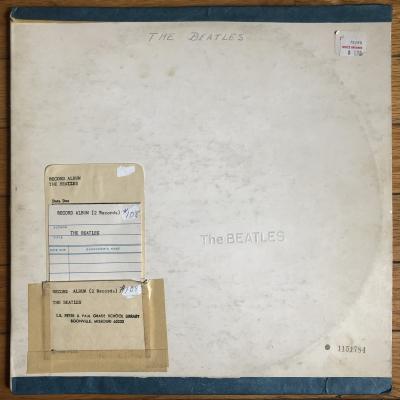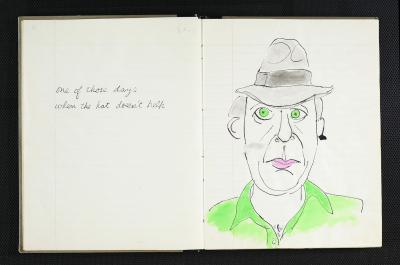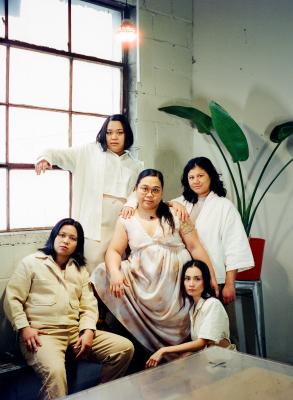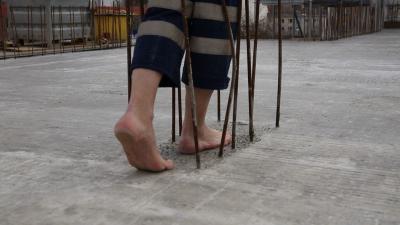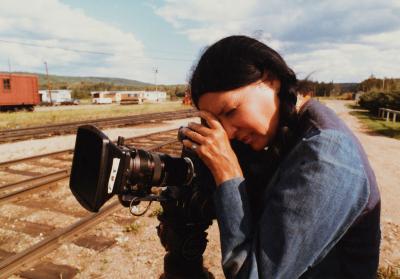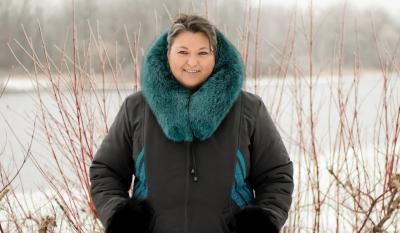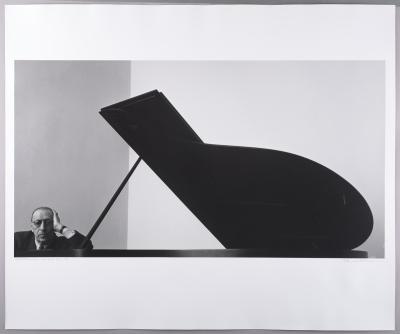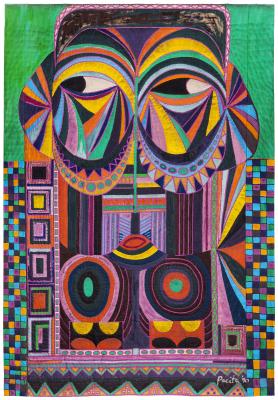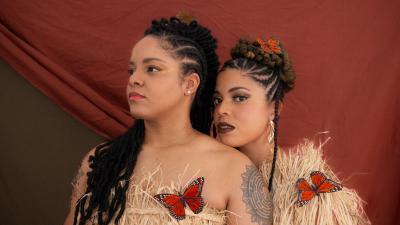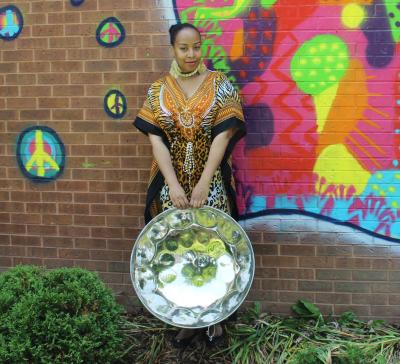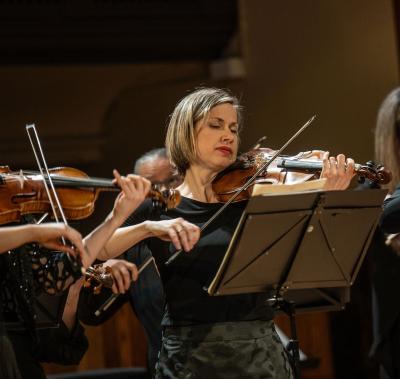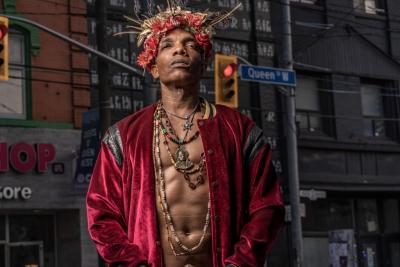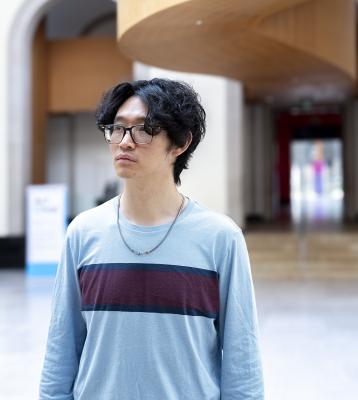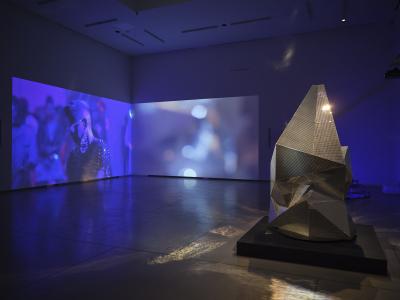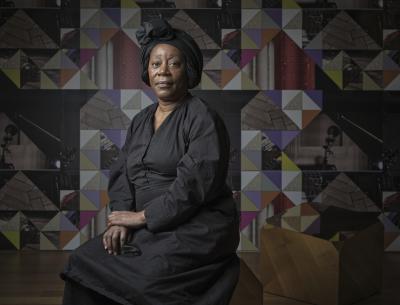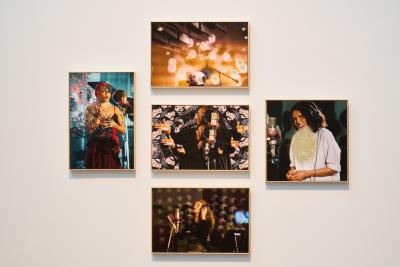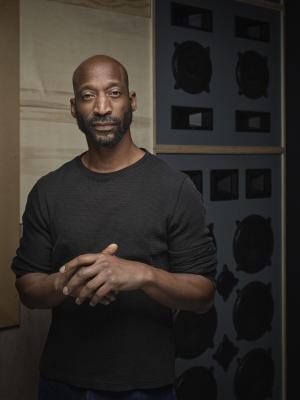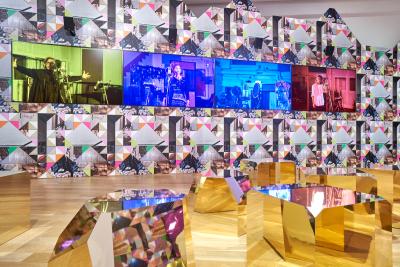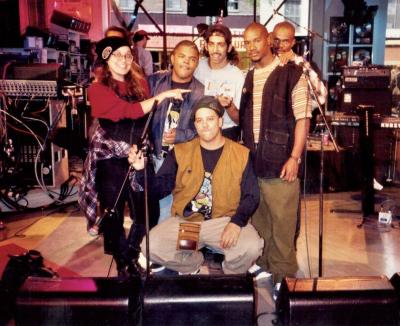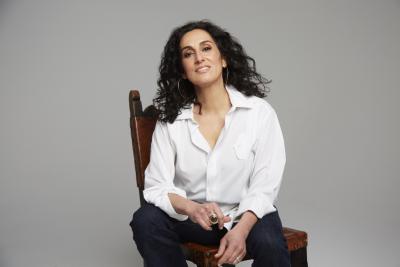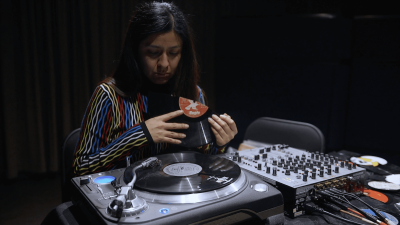Reclaiming throat singing with Lydia Etok
The throat singer discusses reviving the once-banned Inuit tradition
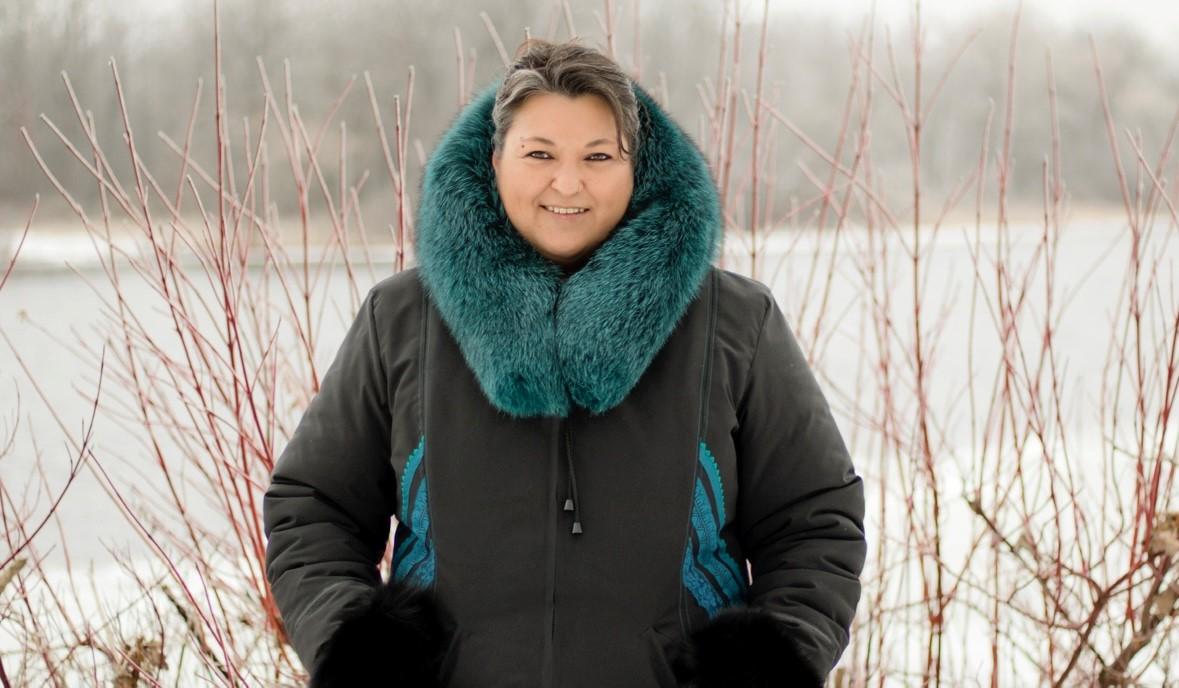
Photo taken by Shelly Etok Surette
It’s hard to imagine a world where singing is banned — all around the world music and singing are cornerstones of culture. But for Inuit communities, this was a reality for decades after missionaries banned Katatjaq known in English as throat singing, under the assumption that it was an ill-intended practice.
Although Inuit communities began to throat sing openly again in the 1980s after they no longer feared repercussions, the ban had still removed this Inuit tradition from the everyday lives of many. Growing up in Kangiqsualujjuaq, an Inuit village located on the shores of northeastern Nunavik in Quebec, Throat Singer Lydia Etok seldom heard throat singing, let alone conversations about the act.
“When I was a kid, I didn't hear any throat singing in my community,” she recounts. “When I started learning about it, it was something from the distant past because I barely heard anything [about it]. I might have heard throat singing a few times on the radio, but like I said, this was a foreign thing to me because it was not part of our day-to-day life.”
However, the tradition was kept alive. Inuit elders began to teach younger generations what they often practiced only behind closed doors. Today, throat singers are sharing this tradition proudly around the world, including here at the AGO. In celebration of International Inuit Day, Etok and fellow throat singer Nina Segalowitz will perform at the AGO on November 8 at 7 pm. The two singers perform together in the musical ensemble Oktoecho, which explores Indigenous, Middle-Eastern, and Western music.
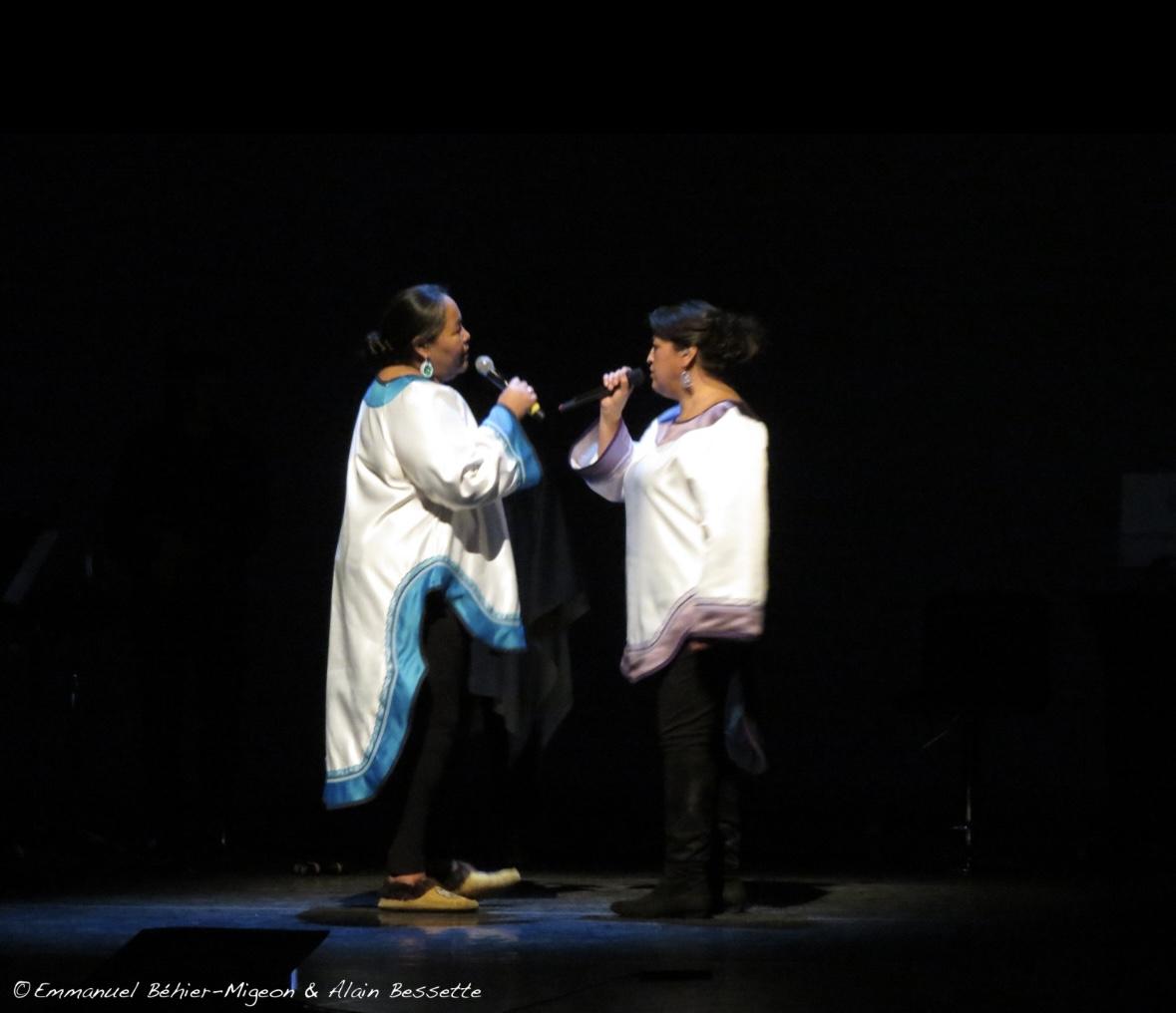
Lydia Etok and Nina Segalowitz performing. Photo courtesy of Emmanuel Béhier-Migeon and Alain Bessette.
A competitive vocal game played by Inuit women, throat singing is done as an improvised duet where the two singers face each other holding each other’s arms. The goal of throat singing is to sing as long as possible with the winner being the singer who makes her duet partner laugh, fall out of rhythm, or lose their breath.
Etok first learned how to throat sing in college when her friend Sarah, who was taught throat singing by her grandmother in Puvirnituq, needed a partner to practice with. 20 years of singing later, Etok believes she still has a lot to learn about the art.
“I still don't consider myself a professional. I'm still a learning student if you will,” Etok said. “If you are able to hear elders throat sing, it's unbelievable. It's amazing the sounds that they're able to make and it's hard to describe, but it's very captivating.”
On top of simply having fun, one of Etok’s favourite things about throat singing is reclaiming a tradition once forced into the shadows. Singing became a key tool for decolonizing perceptions of her culture. Recounting an elder with strong Christian beliefs who told Etok she was worshipping “bad spirits” when she first started, Etok stayed confident in the “learning journey,” throat singing was taking her on.
“Taking part in reviving one of our traditions has been really rewarding for me in a lot of ways because it has allowed me to learn more about our history, my ancestry, about who we are as people, and the past — what are the events that have occurred in the past that have influenced our journeys in life up to now. There’s been a lot of challenges [learning to throat sing], but it’s been very enriching for me.”
Inuit throat singing has also seen a revival online with younger generations taking to social media to share the tradition with the world. Growing up in a time when throat singing was not practiced openly, Etok is glad to see it shared so widely with receptive audiences.
“Throat singing becoming an everyday thing is very rewarding and humbling,” she said. “When [Sarah and I] started early on, one of the things I would say is throat singing is making a comeback and it really has. This brings joy to me. The more you see people practice it, it shows that it’s alive and well.”
See Lydia Etok in performance with fellow throat singer Nina Segalowitz at the AGO on November 8 at 7 pm. The performance is included in general admission and admission is always free for all Indigenous Peoples.


